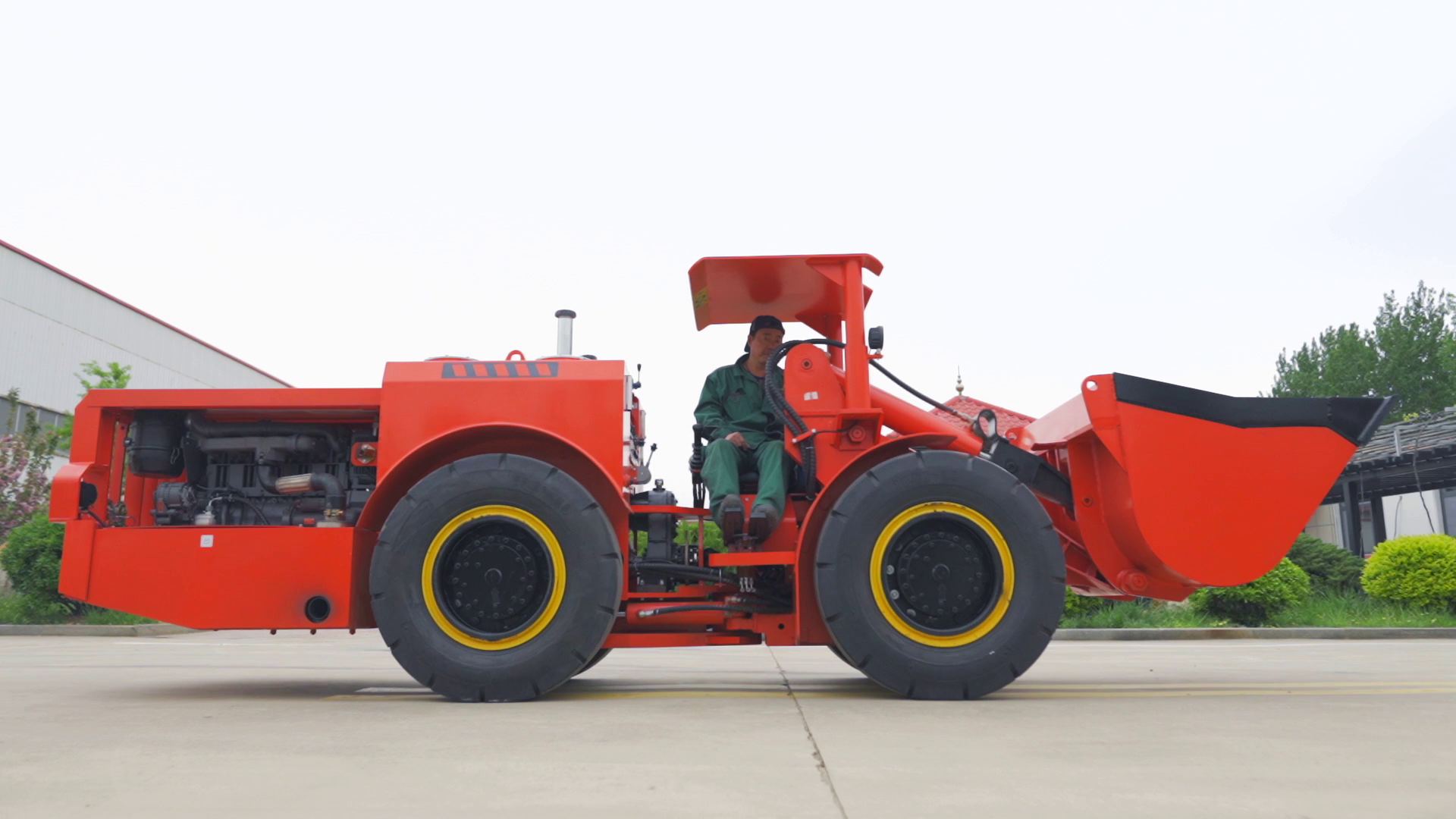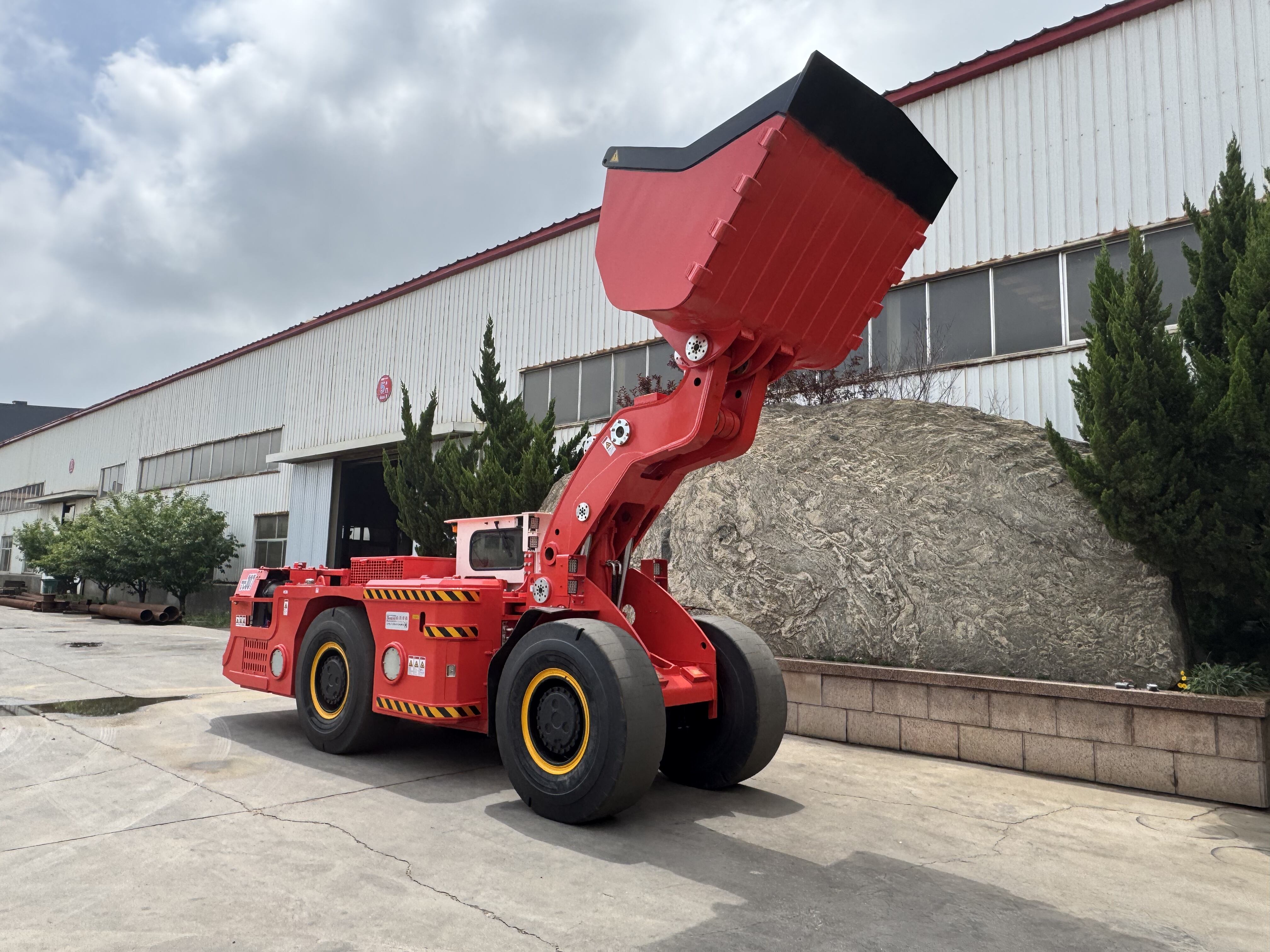Sustainable Gains from Modern Mining Technology
Modern mining is changing rapidly, and Underground Mining Machines are at the heart of that transformation. Gone are the days when extraction inevitably meant vast surface disturbance, uncontrolled emissions, and heavy water use. Today’s equipment combines electrification, smart controls, and precision systems to deliver better environmental outcomes while maintaining high productivity. Mining teams that adopt advanced Underground Mining Machines benefit from lower greenhouse gas emissions, improved air quality underground and above, reduced surface footprint, and smarter resource handling. These gains matter: they reduce regulatory risk, lower remediation burdens, and make operations more acceptable to communities and stakeholders. In short, the right fleet of Underground Mining Machines can help mining projects reconcile commercial goals with sustainability commitments.
Emission Reductions
Electrification and Zero-Local-Emission Operation
One of the most tangible environmental benefits comes from replacing diesel-powered fleets with electric Underground Mining Machines. Battery-electric loaders, haul trucks, and drills eliminate tailpipe emissions in confined underground spaces, markedly improving air quality for workers and simplifying ventilation requirements. Less ventilation translates to significantly lower energy consumption across the mine, which in turn reduces indirect CO₂ emissions. Over the life of a mine, electrified Underground Mining Machines can cut greenhouse gas output by a large margin compared with legacy diesel fleets.
Hybrid and Alternative Power Systems
Where full electrification is impractical today, hybrid Underground Mining Machines and alternative fuels serve as effective interim steps. Hybrid drive systems optimize fuel use and capture braking energy, while biofuels or renewable-sourced electricity for charging further reduce carbon intensity. These approaches make incremental reductions feasible across varied mine sites, enabling faster progress toward net-zero objectives without sacrificing operational reliability.

Land Use and Biodiversity
Reduced Surface Disturbance through Subsurface Focus
Underground extraction inherently limits surface disruption compared with open-pit methods, and modern Underground Mining Machines enhance that benefit by increasing productivity per underground opening. Precision excavation reduces the need for multiple adits or large access ramps, conserving surface habitats and minimizing ecosystem fragmentation. When fewer access points and less temporary infrastructure are required, the impact on local flora and fauna is dramatically reduced.
Targeted Extraction and Habitat Protection
Advanced sensing and guidance systems on Underground Mining Machines enable selective mining that focuses on ore-rich zones and avoids waste removal of sterile rock. This precision lowers the volume of material brought to surface, cuts waste storage footprints, and reduces the pressure to clear additional land for tailings or stockpiles. The net effect is a smaller disturbed area and improved prospects for post-mine ecosystem recovery.
Resource Efficiency and Waste Reduction
Higher Ore Recovery and Less Waste Rock
Improved drilling, cutting, and loading technologies on modern Underground Mining Machines increase ore recovery rates and reduce dilution. When machines extract ore more accurately, less gangue is hauled and processed, lowering energy use and reducing the size of waste streams. Higher recovery per tonne mined means more efficient resource use across the operation and less pressure on downstream processing plants.
Automated Sorting and On-Site Pre-Concentration
Many contemporary Underground Mining Machines integrate with sensors and automated sorting systems that can separate higher-grade material at source. This on-site pre-concentration reduces transport of low-value material, shrinks processing loads, and minimizes tailings volumes. Less tailings means smaller storage facilities and a reduced long-term environmental liability for the site.
Water Use and Pollution Control
Closed-Loop Water Systems and Reduced Freshwater Demand
Water is critical in mining but also often scarce. Modern operations using advanced Underground Mining Machines are moving to closed-loop water systems where wash water and process water are captured, treated, and reused. By reducing freshwater intake, mines relieve pressure on local water resources and lower the risk of depleting regional supplies.
Containment and Prevention of Contaminant Spills
Modern hydraulic systems and improved sealing on Underground Mining Machines minimize the risk of oil, fuel, or hydraulic leaks that can contaminate underground aquifers. Proactive design choices — double containment, fail-safe valves, and better materials — reduce the chance that maintenance or operational incidents will result in environmental contamination.
Air Quality and Dust Control
Onboard Dust Suppression and Filtration
Dust is both a health and environmental concern. Newer Underground Mining Machines come equipped with onboard dust suppression systems such as water sprays and localized filtration that dramatically reduce particulate emissions at the source. Reducing dust improves air quality underground, which also reduces particulate settlement on surface ecosystems when ventilation exhaust is released.
Improved Ventilation Efficiency with Lower Emissions
Because electrified Underground Mining Machines do not produce combustion exhaust, mines can downsize primary ventilation systems. Smaller ventilation fans consume less energy and produce lower indirect emissions. In aggregate, the combination of reduced dust generation and lower ventilation demand contributes to cleaner air both below ground and where mine exhaust exits to the surface environment.
Operational Innovations and Monitoring
Real-Time Data for Smarter Environmental Decisions
The telemetry and sensor suites built into modern Underground Mining Machines provide continuous data on energy use, emissions, tyres, and machine health. This real-time visibility allows operations to optimize machine deployment, reduce idle running, and adopt best-practice operating windows that minimize environmental impact while sustaining output.
Predictive Maintenance That Limits Leaks and Spills
Predictive maintenance uses condition-monitoring data from Underground Mining Machines to repair or replace components before failure. Preventing hydraulic failures, fuel leaks, and catastrophic machine breakdowns reduces the likelihood of environmental incidents and lowers remedial costs. Predictive workflows make equipment stewardship part of environmental protection.
Rehabilitation and Lifecycle Considerations
Reversible and Recyclable Machine Design
Many OEMs now design Underground Mining Machines with lifecycle thinking — materials that can be recycled, modular components for reuse, and design-for-disassembly principles. Recyclable machine components reduce the environmental cost when equipment reaches end of life, aligning mining practices with circular economy objectives.
Lower Closure Liabilities through Efficient Operations
Because modern Underground Mining Machines reduce waste volumes, water use, and disturbance, the scale of post-mining rehabilitation is smaller. Fewer tailings and compacted footprints translate into lower closure liabilities and easier restoration of land and ecosystems after operations end.
Community and Regulatory Benefits
Improved Social License through Cleaner Operations
Communities increasingly expect responsible resource development. Mines that deploy energy-efficient and low-emission Underground Mining Machines demonstrate tangible environmental stewardship, building trust with local stakeholders and smoothing permitting processes. Cleaner operations foster better long-term relationships and can accelerate project approvals.
Alignment with Regulatory and ESG Requirements
Regulators and investors are demanding measurable sustainability outcomes. The environmental performance gains from modern Underground Mining Machines — lower emissions, lower water intensity, and reduced land disturbance — help mining companies meet ESG targets and regulatory thresholds, reducing financial and operational risk.
Future Environmental Innovations
Hydrogen and Fuel Cell Integration
Emerging hydrogen fuel cell technology promises continuous, zero-emission power for heavy Underground Mining Machines. Fuel cells offer faster refueling than batteries and produce only water vapor as exhaust, making them an attractive option for deeper and longer operations.
Carbon Capture and Ventilation Integration
Innovations are underway to couple ventilation systems with carbon capture technologies and localized filtration, capturing CO₂ or particulates before air exits to the surface. Integrated solutions paired with low-emission Underground Mining Machines will deepen the environmental benefits of modern operations.
Digital Twins and Operational Optimization
Digital twin models of mine sites, combined with data from Underground Mining Machines, enable dynamic planning that minimizes unnecessary movements, optimizes energy and material flow, and predicts environmental outcomes under different operating scenarios. This approach supports continuous improvement in environmental performance.
FAQ
Electrified Fleets and Emission Reduction
Electric Underground Mining Machines eliminate local diesel emissions, reducing ventilation needs and improving underground air quality. When charged with renewable electricity, lifecycle CO₂ emissions fall substantially compared with diesel fleets.
Water Reuse and Contamination Prevention
Modern systems linked to Underground Mining Machines support water recycling and closed-loop use. Better hydraulic seals and containment designs reduce leak risks, protecting groundwater and reducing demand on freshwater sources.
Waste Minimization and Tailings Reduction
Precision extraction and onboard sorting with Underground Mining Machines increase ore recovery and reduce waste rock volumes. Less processed waste yields smaller tailings facilities and reduces long-term environmental liabilities.
Role of Predictive Maintenance in Environmental Protection
Predictive maintenance on Underground Mining Machines prevents mechanical failures that could cause spills or uncontrolled emissions. Early intervention reduces the frequency and severity of environmental incidents, supporting safer and cleaner operations.
Table of Contents
- Sustainable Gains from Modern Mining Technology
- Emission Reductions
- Land Use and Biodiversity
- Resource Efficiency and Waste Reduction
- Water Use and Pollution Control
- Air Quality and Dust Control
- Operational Innovations and Monitoring
- Rehabilitation and Lifecycle Considerations
- Community and Regulatory Benefits
- Future Environmental Innovations
- FAQ

